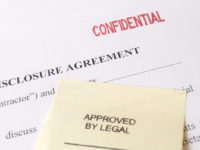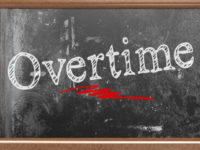Whether employees are in the office or at a worksite, employers must ensure both their physical safety and their psychological safety. Incidents can happen, though, even in the most carefully managed workplace. When a worker is physically injured at work or the target of bullying or harassment, it is important to know how to respond quickly and effectively to mitigate the harm and build a healthier work environment. Here is what you need to know.
What to do when a worker is physically injured
- First, provide first aid and seek medical attention for the employee where necessary. Experience suggests that it may be better to encourage an injured person to seek medical assistance even when they are reluctant.
- Report the injury to your insurer within 48 hours. Serious situations involving death, grave injury or a serious incident must be reported immediately.
- Support the worker’s return to health and work. With the employee’s permission, granted by means of a “certificate of capacity,” you may communicate with his or her doctor to determine what the worker can do and what you should do to support recovery at work. Attend case conferences involving the insurer case manager, doctor, and often, a workplace rehabilitation provider.
- Consider modifying the worker’s duties on return or modifying the workplace, if possible, to permit a more successful reintegration. Involve the employee in developing a plan and change it as necessary with experience.
What to do when a worker complains of bullying or harassment
Workplace bullying is a hidden problem and costs Australian employers on average of $17,000 to $24,000 per bullying claim. It may include offensive behaviours such as:
- Yelling, belittling or using offensive language.
- Excluding or isolating an employee or withholding information vital to work performance.
- Assigning meaningless or impossible tasks.
- Deliberately changing work rosters to inconvenience particular employees.
Harassment may include:
- Unwelcome sexual behaviour or language.
- Actions or language that is likely to offend, insult, humiliate or intimidate another because of race, colour, national or ethnic origin or disability.
Preventing bullying and harassment is largely a matter of firstly setting clear standards and secondly effectively and repeatedly educating workers about these standards and the process for lodging a complaint.
Responding to a complaint that such behaviour has occurred is somewhat more complicated. It involves developing and communicating a procedure through which employees may report bullying and harassment. The process must involve neutral third parties (even outside the organisation if necessary) and preserve confidentiality for both the accuser and the accused.
There must also be procedures for investigation and dispute resolution, including at least one level of appeal. An employer must also be prepared to take action to address the incident including counselling, mentoring and even terminating the employment of someone found guilty of the prohibited behaviour. These rules have to have teeth, and employees need to know that for anti-bullying and anti-harassment measures to be effective.
Rolf Howard, Managing Partner, Owen Hodge Lawyers
















